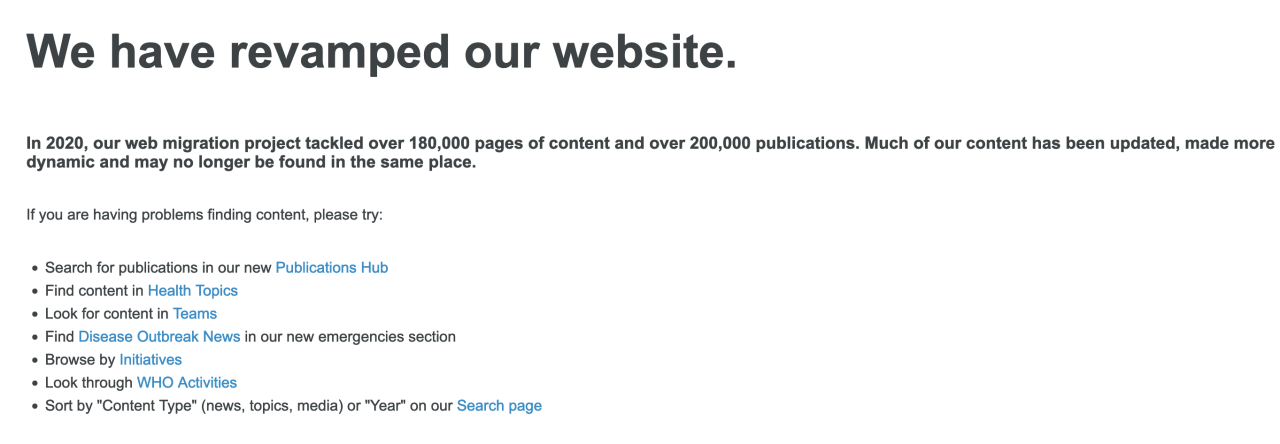I’m afraid I have to admit – the novel I’m working on seems to be draining all of my creative energy. It’s like my brain switched tracks, and now it can’t think about nonfiction. It’s taken me a while to get into a groove with the blog, and now this novel just slammed into my brain out of nowhere. I think I was as ready for that as I was ever going to be, but it means that I’ve got to figure out a new way to go about things. Hopefully I’ll get that dealt with sooner rather than later, but for now I think this is useful information for people to have, in light of the U.S. baby formula shortage
EDIT 20/05/2022: Hey, so problems with the content I posted here arose, and the person whose material I linked here has given an update. In hindsight, ignoring the red flags that Katydid mentions in the comments was a mistake, and I’ll try to do better next time.
I just realized both op and the commenter are insane trad christains so im deleting my reblog (because im not platforming their shit – this is ALSO why im censoring their URLs I’m not going to give them traffic) and instead reposing it with the following links/information:
1) The WHO still actively hosts a guide on how to create safe milk substitutes when access to breastmilk/milk substitutes are unavailable on the Institutional Repository for Information Sharing (iris). The guide is called “Infant Feeding in Emergencies: A Guide for Mothers”. Relevant information starts on page 38.
2) Here is a link to the archived guide WITH THE CAUTION that I was not able to find out why its no longer provided by the WHO or iris. It could be that the information is out of date. I am only sharing it because I think the visuals may be helpful for people who have trouble reading written directions. Consult the above link first, then refer to this guide only if you need clarification on how to perform certain actions. Link to archive.
3) The language in that second comment throws up so may red flags. I cropped it to only the information needed to understand the context of this post because I find it immensely suspect. The repeated allusions to 2020 for no apparent reason (but I can guess why, as an infection disease scientist) come across as loaded or dog-whistely. I would advise against sharing the OP for that reason. But because the information being provided is important and not well known, I’m making this alternative post for people to reblog.
4) The implication that the WHO is censoring information based on a 404 page is a really flimsy and extreme conclusion to jump to. The “Infant Feeding in Emergencies” guide I linked above also goes to a 404 page on the WHO’s main website – but again, can be accessed through iris instead. So no, the information on how to feed infants in a food crisis is not being censored by the WHO.
5) A more likely cause for the guide disappearing is that the link broke and they didn’t fix it. If you look at the original URL it indicates the guide was posted in a subcategory on the WHO’s website about International Crises, specifically in the Middle East. If you try to type in a shortened versions of that URL (specifically https://www.who.int/hac/crises/ or the slightly modified http://www.who.int/hac/crises/en/) you’ll see that the subdomain that was present with relevant info breaks around 2020. In fact, while testing this hypothesis, I came across this information page in a November 2021 version of the URL https://www.who.int/home/cms-decommissioning (which I was redirected to automatically from http://www.who.int/hac/crises/en/):
There is no nefarious conspiracy theory. The link simply broke – as many many many many links do on the internet. The second commenters reply is proven bunk by a little bit of fact checking.sorry for the long post, but I think the information on infant nutrition substitutes is genuinely useful, lifesaving info – but i’m not going to give more people with dangerous ideological views spouting nonsense a platform.
So yeah. Sorry about that, but hopefully the information this page now contains will be useful!


